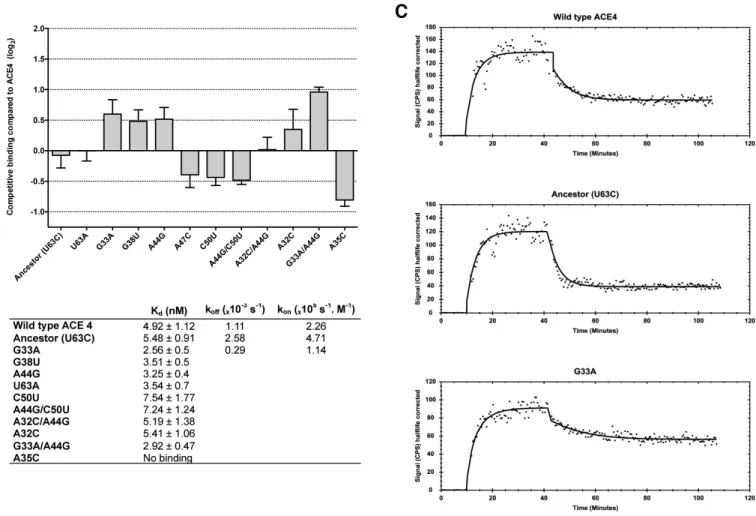Time-lapse imaging of molecular evolution by high-throughput sequencing
Texte intégral
Figure




Documents relatifs
The International Year of the Family in 1994 reminds us all of the crucial importance of the family in maintaining an optimal level of physical, mental and social health for
pharynx (NPC). Dans les trois cas étudiés, la fréquence d'immortalisation des cellules embryonnaires de rat par transfection s'est avérée proche de la fréquence
The corresponding 40 optimized structures were ranked in increasing order of relative stability at the CCSD(T)/aug- cc-pVQZ level (Table 1, Fig. 1.) The most stable isomer (1) is
In particular, distinct peptides, such as the common and atypical SSII isoforms of teleosts, that derive from paralogous genes, have received the same designation (Su et al.,
Integrating the power spectral densities of the magnetic and electric fields in the 10 to 500 Hz frequency range shows that the energy density of waves is higher inside the
Genes used for molecular phylogeny of kinetoplastids The SL RNA gene has been repeatedly used to explore trypanosomatid diversity using either parasites isolated in culture or
Family work days with at least a long work day are on the contrary associated with the highest conjugal time: long work days are indeed generally quite
Frequencies of mutations at the ALS gene detected using individual plant analysis. 606 (dCAPS or Sanger sequencing) plotted against the frequencies assessed using
